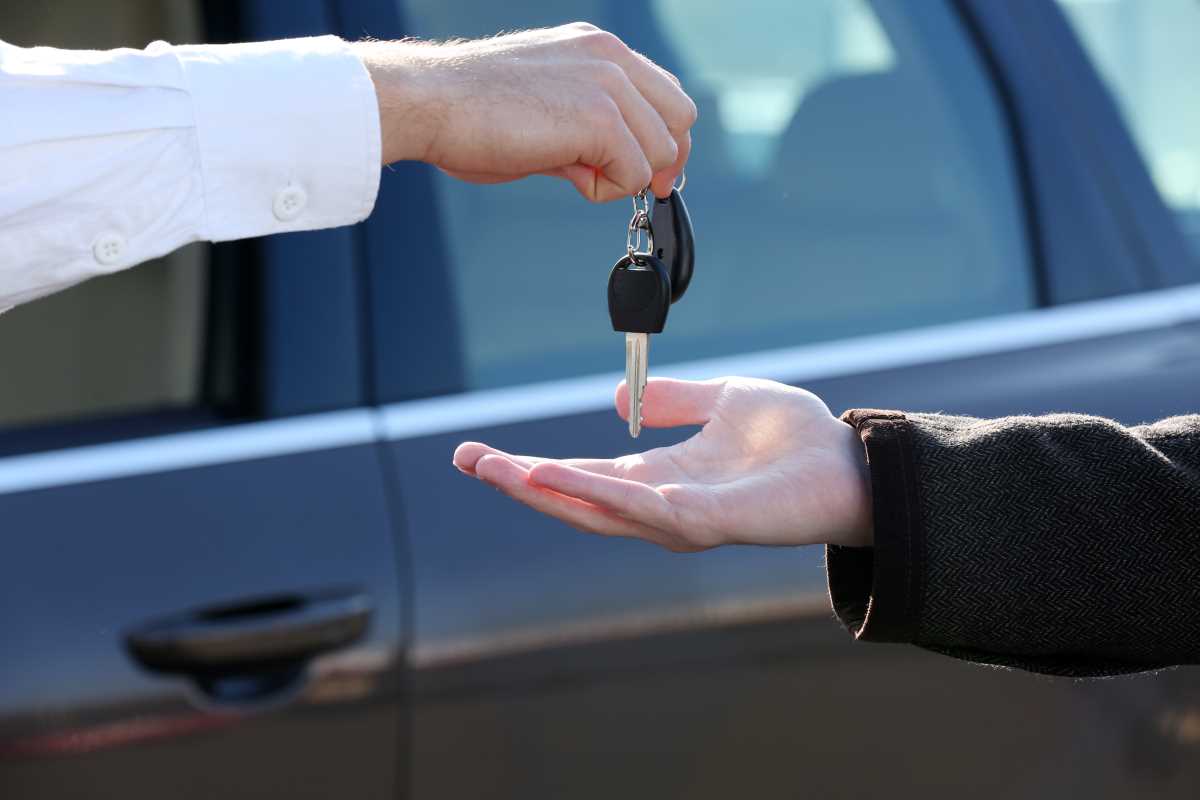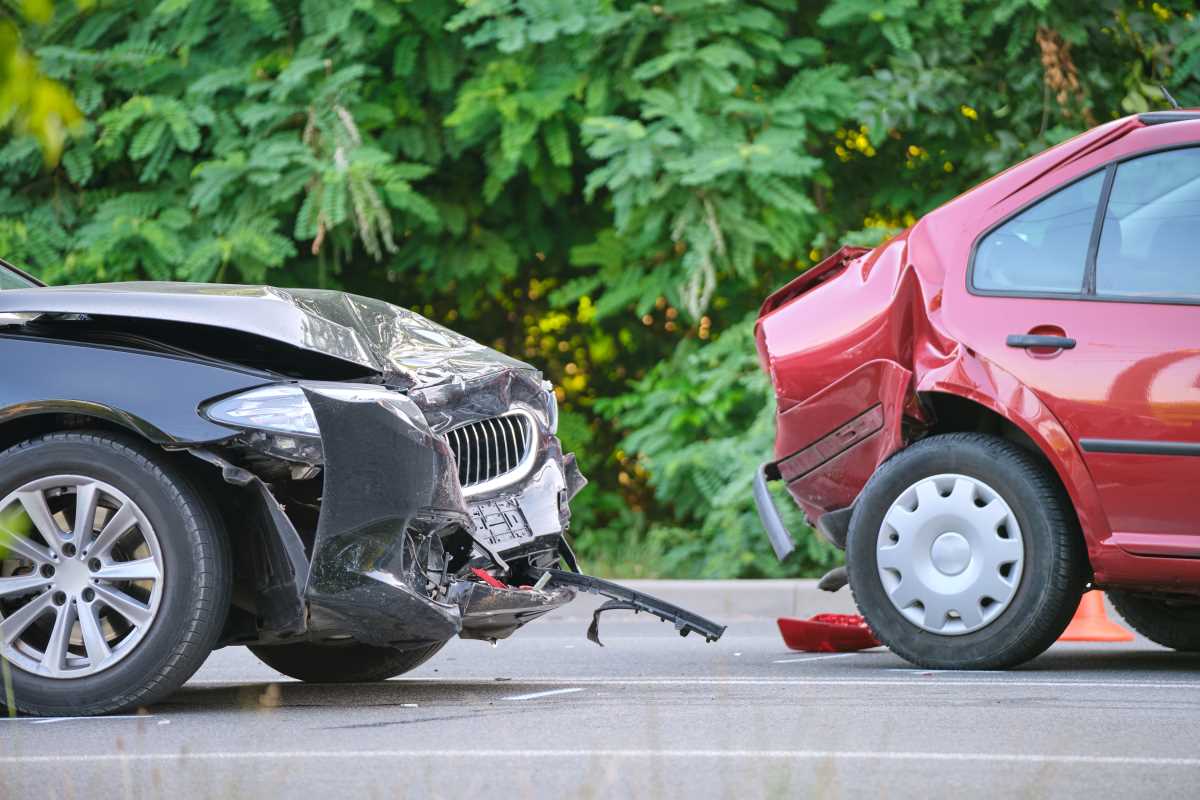Leasing a new car can feel like a dream come true. You get to drive a brand-new vehicle every few years, enjoy the latest technology and safety features, and often have a lower monthly payment than you would with a traditional car loan. It’s like getting all the fun of a new car with less of the long-term commitment. However, when it comes to car insurance, leasing has its own set of rules. The leasing company, which legally owns the vehicle, wants to protect its valuable asset. This means they have specific, non-negotiable insurance requirements you must meet. Before you sign on the dotted line and drive off in your shiny new ride, it's crucial to understand how leasing changes the insurance game. This guide will demystify the process and ensure you're properly covered without overpaying.
The Lessor Calls the Shots
When you finance or buy a car outright, you have a lot of flexibility with your insurance choices, as long as you meet your state's minimum requirements. When you lease, the leasing company (the "lessor") sets the rules. Because they own the car, they have the right to require much higher levels of coverage to protect their investment from any potential damage or liability. Before you can even take delivery of the vehicle, you must provide proof of insurance that meets the specific terms outlined in your lease agreement. This isn't a suggestion; it's a mandatory step in the process.
Higher Liability Limits Are a Must
One of the first things you'll notice is that the liability limits required by a leasing company are much higher than what your state legally requires. A typical lease agreement will demand bodily injury liability limits of at least $100,000 per person and $300,000 per accident, often written as 100/300. They will also require property damage liability of at least $50,000. These amounts are significantly more than the minimums in most states. The leasing company wants to ensure there is plenty of coverage to handle legal and medical costs if you cause a serious accident, protecting them from being sued.
Full Coverage is Not Optional
In addition to high liability limits, you will be required to carry both collision and comprehensive coverage throughout the entire term of your lease. There is no option to drop this "full coverage" to save money, even as the car gets older. Collision coverage pays to repair your leased vehicle after an accident, regardless of who is at fault. Comprehensive coverage pays for non-collision events, such as theft, vandalism, fire, hail, or hitting an animal. The leasing company also gets to set the maximum deductible you can have for these coverages, which is typically $500 or $1,000. A lower deductible means a higher monthly premium, but it also means you pay less out-of-pocket if you need to file a claim.
Gap Insurance: Your Financial Safety Net
Perhaps the most important type of coverage for a leased vehicle is gap insurance, sometimes called lease payoff coverage. Because a new car depreciates so quickly, you will almost always owe more on your lease than the car is actually worth. If the car is stolen or totaled in an accident, your comprehensive or collision coverage will only pay its actual cash value (ACV). The "gap" is the difference between that ACV payout and what you still owe the leasing company. Without gap insurance, you would be responsible for paying that difference out of your own pocket for a car you can no longer drive. Most lease agreements require you to have gap coverage, and many even roll it into your monthly lease payment.
Naming the Lessor on Your Policy
When you set up your insurance policy, you will have to do more than just list the car. You must name the leasing company as both an "additional insured" and a "loss payee." This sounds technical, but it’s a simple process. Naming them as an additional insured provides them with liability protection under your policy. Designating them as the loss payee ensures that if the car is totaled, the insurance check for the vehicle's value is sent directly to them, since they are the legal owner. Your insurance agent can easily handle this for you; just be sure to provide them with the correct name and address of the leasing company.
 (Image via
(Image via





